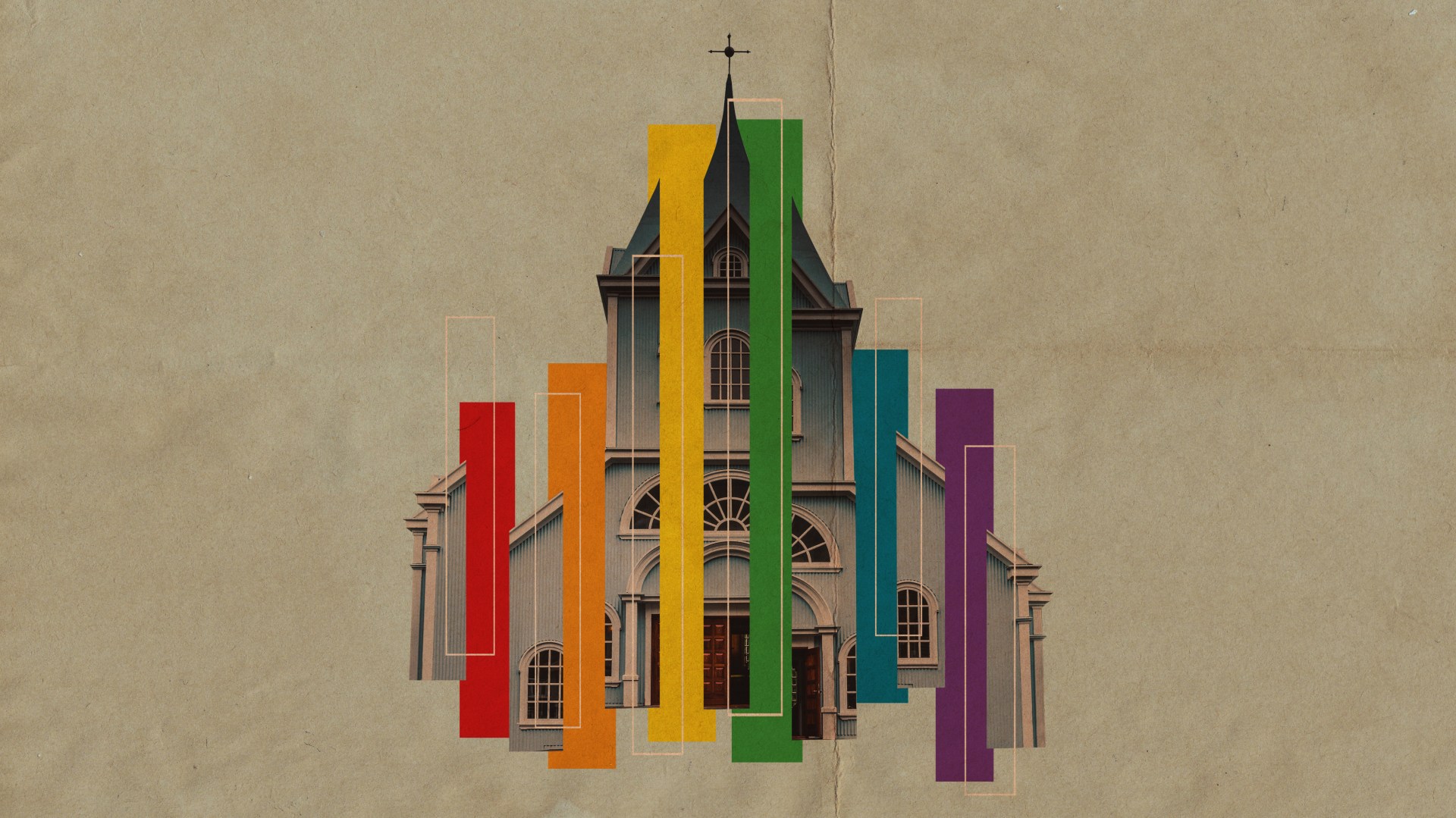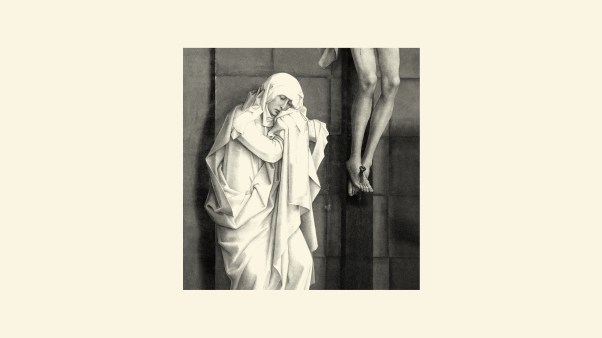The United Methodist Church (UMC) voted to settle the question of the church’s stance on homosexuality at a special General Conference in February 2019. But nothing was settled.
Now, a year later, as delegates prepare for the quadrennial General Conference in May, it seems inevitable that the second-largest Protestant denomination in the United States is going to split. Signs of division are everywhere.
“There’s a growing consensus that division is going to happen one way or another, and it’s better for pretty much everyone if it happens by the General Conference rather than unfolding chaotically,” said Mark Tooley, a Methodist and president of the Institute on Religion and Democracy.
Last year’s decision to strengthen the UMC’s traditional position against same-sex marriage and married LGBT clergy prompted at least 11 liberal congregations to start the process of leaving the denomination. Eight regional conferences have ordained clergy in defiance of the decision, and four have adopted resolutions to challenge the General Conference’s decision, questioning its constitutionality in the church’s court.
Some congregations have withheld funding. In the first six months of 2019, the denomination’s finances were down nearly $5 million, compared with the same period the previous year.
It isn’t just LGBT-affirming congregations that have a problem with the decision either. Seven conservative congregations in Mississippi have separated, saying there shouldn’t even be a debate about sexuality.
As UMC delegates prepare for the 2020 General Conference, the conversation is less focused on whether or not the church should divide than on the question of how. They are considering what relationship the factions will have to each other, to the UMC name, and to the global church.
“The bulk of churches are realizing that the only way to go forward is to let the separate groups go their separate ways and pursue ministry the way God is calling them,” said Tom Lambrecht, vice president and general manager of the evangelical UMC magazine Good News.
The UMC has wrestled with issues of sexuality since the 1970s, when the denomination decided to add a sentence to The Book of Discipline clarifying that the church “does not condone the practice of homosexuality and considers this practice incompatible with Christian teaching.”
At the special meeting in 2019, a council of UMC bishops recommended leaving LGBT issues to individual churches and conferences. The delegates rejected that plan. Instead, by a vote of 438-384, they approved the Traditional Plan, reenforcing the 1970s decision.
“We bishops believed in unity but couldn’t figure out how to lead it,” wrote bishop William H. Willimon. “Traditionalists and progressives did share one conviction: Don’t trust bishops.”
This year, traditionalists and progressives are considering whether they should divide the UMC into two, three, or four parts.
One plan, UMCNext Proposal, would reverse the 2019 vote, eliminating any restrictions on LGBT ordination and same-sex marriages, while creating an easy off-ramp for traditionalist churches to leave the UMC and form their own denomination or denominations.
A second proposal, called the Indianapolis Plan, would divide the UMC in two. Both denominations would keep a version of the UMC name and logo, and liquid assets would be divided between them. Some denominational agencies—the United Methodist Committee on Relief, United Methodist Women, and the United Methodist Publishing House—would become independent parachurch organizations. The rest would go to the new centrist-progressive Methodist church. UMC conferences outside the US could join one of the new Methodist denominations or form an autonomous church.
“We’ve discovered the United Methodist Church can’t live in the same house together,” Kent Millard, president of United Theological Seminary and one of the plan’s architects, told the United Methodist News Service. “But we can live next door to one another.”
Another option tries to keep the UMC intact but reimagines it as an umbrella organization.
The Bard-Jones plan, developed by Michigan Conference Bishop David Bard and Texas Conference Bishop Scott Jones, would ask regional bodies to vote to join one of three new groups: the Traditional Methodist Church, the centrist Open Methodist Church, and a fully LGBT-affirming Progressive Methodist Church. All three would be part of the UMC.
The denomination, under this plan, would no longer have individual members. It would be reconstructed “as an umbrella to facilitate this new form of unity,” the plan says.
It isn’t clear what relationship non-US Methodists might have to the reconfigured UMC, whether they would join one of the three groups or establish their own separate organizations under the umbrella. Bard has said this ambiguity is intentional.
A fourth plan, called the New Expressions Worldwide (N.E.W.) Plan, would dissolve the UMC and replace it with four new Methodist groups: conservative, moderate, progressive, and liberationist. Each would appoint clergy and laypeople to a council that would work out a plan of separation with the help of a professional mediator. There would be an “equitable distribution of general church assets,” according to the N.E.W. plan, as well as to-be-determined reparations for historic racial injustice.
The Indianapolis Plan seems to have the most backing, including support from some traditionalist Methodists who might be expected to object to centrist-progressives getting more of the institutional infrastructure. Lambrecht, who helped craft the Indianapolis Plan, said it is the most equitable because it asks everyone to leave and join a new Methodist denomination.
Not everyone accepts the inevitability of division, though. The Africa College of Bishops said in a statement that it will “not accept any plan that calls for the dissolution of the church.” John Yambasu, president of the Africa bishops, said the US church should not be setting the agenda and pushing division.
“We African bishops and the galaxy of informed clergy across this continent must set the agenda for the church in Africa rather than allow others to draft it on our behalf for us to rubber stamp and seal it,” he said.
In November, Yambasu brought together a group of leaders with a mediator in hopes of forging an agreement to keep the denomination intact. But no agreement was reached.
The UMC has over 5.5 million members on the African continent, and those numbers continue to rise. There are plans to add five new bishops to Africa starting in 2021. There are 6.7 million members in the US—down from about 11 million in the 1960s. As the US church shrinks and the African church grows, the African bishops see themselves as the future of Methodism.
At the 2020 General Conference, however, about 56 percent of the delegates will be from the US, and only 32 percent will be from Africa. It is unlikely that the African delegates can get enough votes to stop a church split.
“It’s possible,” Lambrecht said, “but it’s going to be a tough job to do that.”
Whatever happens at the General Conference will likely have long-term consequences for the UMC, though, and maybe beyond the denomination too.
“The Methodist Church has boasted of being America’s church, and whatever is going on in America is going on in the Methodist Church,” Tooley said. “What is going on in America’s mainline Protestant world is not irrelevant to rest of Christianity, and those trends will affect the rest of Christianity, so evangelicals need to be aware.”
Megan Fowler is a contributing writer for
Christianity Today
.









